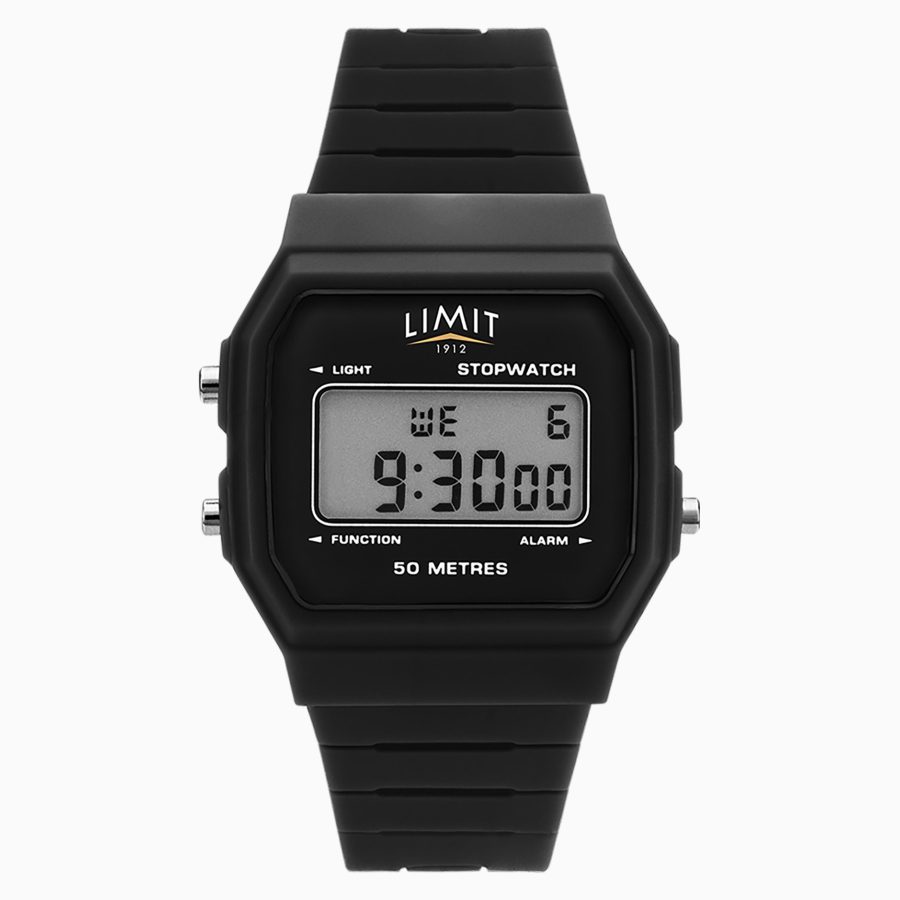Introduction
Digital watches have come a long way since their inception in the 1970s. Initially considered a technological novelty, these timepieces have evolved into sophisticated devices that blend functionality, style, and advanced technology. In this article, we’ll delve into the features that make a digital watch truly stand out in a crowded marketplace.
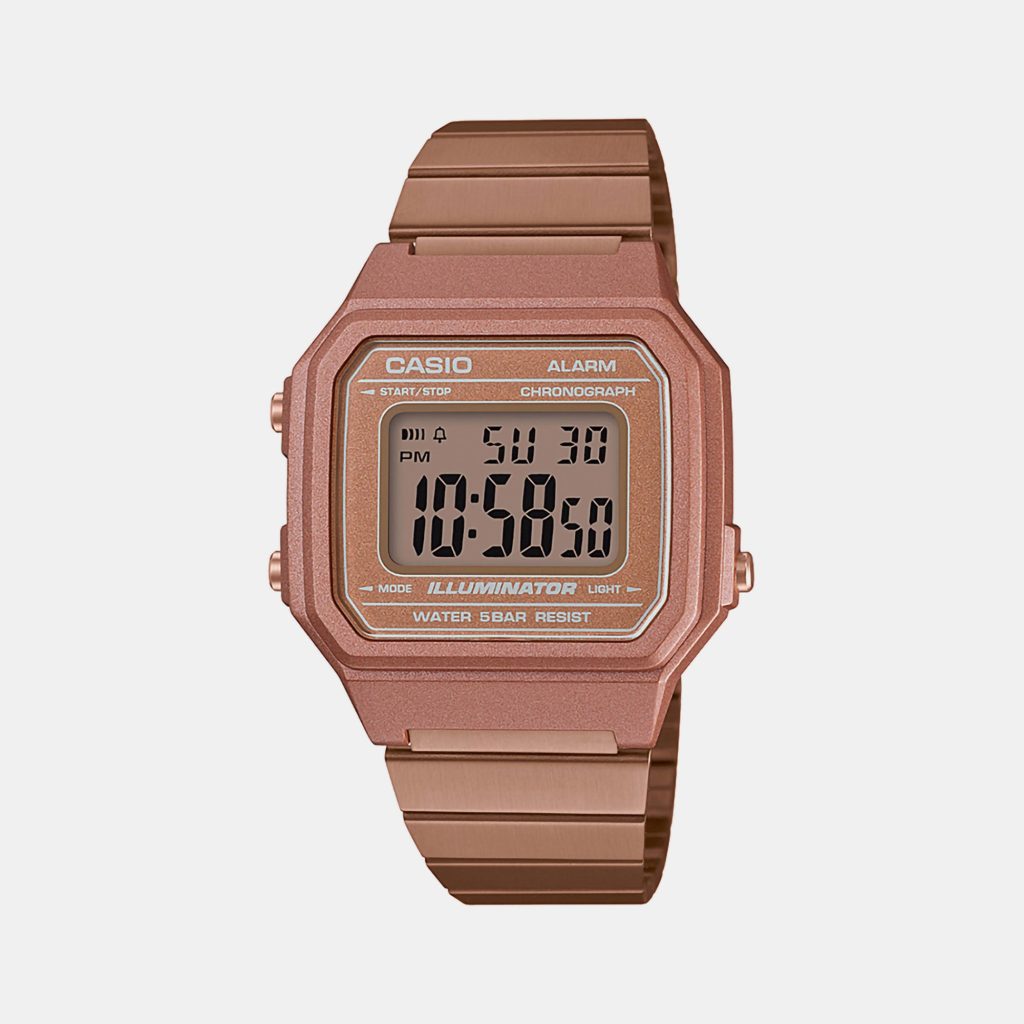
Display Quality
a. Type of Display
The display is the first thing anyone notices on a digital watch, and the type of display can set a model apart. Options include:
- LCD (Liquid Crystal Display): This is commonly found in digital watches, light and allows for various designs.
- OLED (Organic Light Emitting Diodes): OLED displays offer deeper blacks and vibrant colors. They are thinner and consume less power, which can extend battery life.
- E-ink: Found in some high-end models, e-ink displays are easier to read in bright sunlight and often mimic the look of traditional paper.
b. Brightness and Readability
Top-of-the-line digital watches come equipped with adjustable brightness levels, making it easier for users to read the time in various lighting conditions. Additionally, illuminated backgrounds and high-contrast colors enhance readability.
Durability
a. Materials
The material used in the watch affects not only aesthetics but also durability. High-quality digital watches are often made from:
- Stainless Steel: Offers a classic look with robust durability.
- Carbon Fiber: Lightweight and incredibly strong.
- Polycarbonate and Silicone: Used for sports watches due to their resistance to wear and tear.
b. Water Resistance
Many digital watches now offer impressive water resistance, allowing users to wear them during swimming, snorkeling, or even as diving watches. Water resistance ratings often go up to 200 meters or more, catering to active lifestyles.
Smart Features
a. Connectivity
Digital watches equipped with smart technology have completely changed how we interact with our timepieces. Bluetooth or Wi-Fi connectivity allows for seamless synchronization with smartphones, enhancing user experience. Users can receive notifications for calls, texts, and emails directly on their watch, keeping them informed without the constant need to check their phones.
b. Health and Fitness Tracking
Digital watches often come with integrated health and fitness tracking features. These can include:
- Heart Rate Monitors: Useful for athletes and individuals monitoring their cardiovascular health.
- Step Counters: Basic pedometers have evolved into sophisticated devices that can count steps, measure distance, and estimate calorie burn.
- Sleep Monitoring: Tracking sleep patterns offers insights into sleep quality and duration, essential for overall health.
For fitness enthusiasts, having a GPS in a digital watch can be a game-changer. It allows users to track their routes during outdoor activities, ensuring they don’t get lost. Some advanced models also offer mapping features, making navigation easier.
Customization Options
a. Watch Faces
The ability to customize watch faces is a major draw for digital watches. Users can select from a range of analog-like faces, digital designs, or even upload custom images to make their watch uniquely theirs.
b. Bands and Straps
Interchangeable bands allow users to switch up styles easily. Whether it’s a classic leather strap, sporty silicone, or metallic mesh, the ability to personalize adds significant appeal to digital watches.
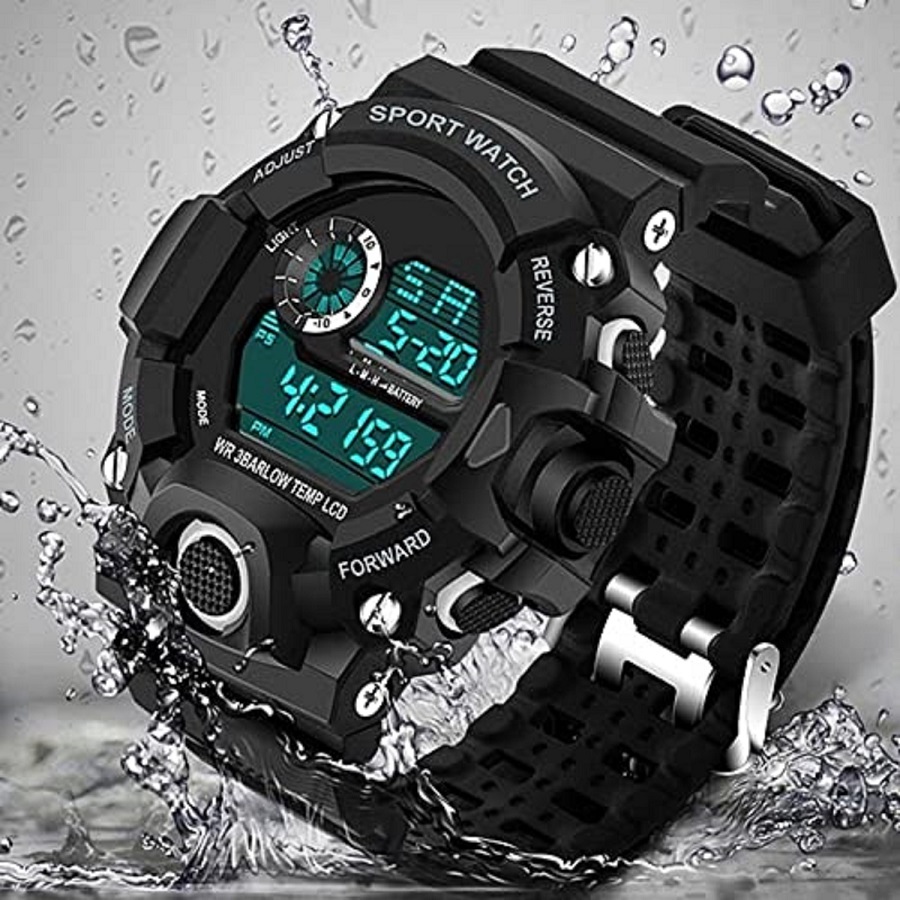 Battery Life and Charging
Battery Life and Charging
Battery life is a critical factor for digital watches. Many models offer remarkably long battery lives, sometimes extending beyond a week or even a month on a single charge. Some higher-end models employ solar technology, using sunlight to recharge, while others may have features like energy-saving modes to extend battery life further.
Affordability and Value
Digital watches come in a variety of price ranges, making them accessible to a broader audience compared to traditional mechanical watches. While luxury brands may be pricey, numerous mid-range options offer great value without compromising on features. The ability to find a watch that aligns with both budget and style means that users can enjoy the benefits of advanced technology without breaking the bank.
Style and Versatility
a. Aesthetic Appeal
Digital watches are no longer limited to a utilitarian design. Many brands now offer timepieces that combine fashion with function, appealing to style-conscious consumers. Whether you’re looking for something sleek and modern or something rugged for outdoor adventures, there’s likely a digital watch that fits your aesthetic.
b. Wearability
The versatility of digital watches allows them to be worn on various occasions, from casual outings to formal events. The ability to choose different straps and customize designs enhances their multifunctionality.
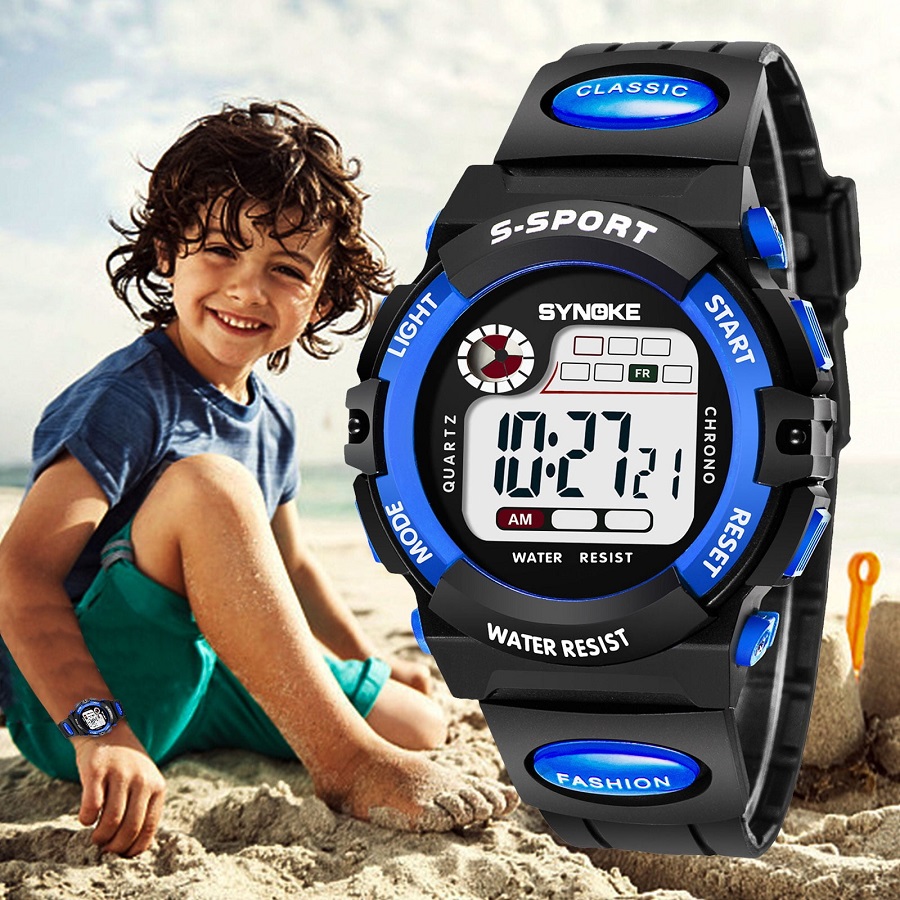
The Birth of Digital Watches
The 1970s: The Era of Innovation
The concept of digital timekeeping was not entirely new, with various forms of electric clocks existing prior to the 1970s. However, it was in this decade that the first true digital watches emerged, powered by quartz technology.
- The Hamilton Pulsar (1970): The Hamilton Watch Company introduced the Pulsar, considered the world’s first digital watch. With a red LED display and a hefty price tag of $2,100 (equivalent to more than $12,000 today), it was a luxury item that exemplified cutting-edge technology. Though not practical for everyday use due to its limited battery life and high price, it set the stage for future developments.
- Quartz Revolution: The development of quartz movements revolutionized the watch industry. Unlike mechanical watches, quartz watches were more accurate and required less maintenance. Seiko entered the market with the Seiko Quartz Astron in 1969, further validating the quartz technology.
The 1980s to 1990s: Advancements and Popularization
The Digital Watch Boom
The 1980s saw a surge in the popularity of digital watches, transitioning from high-end luxury items to mainstream accessories. This era marked the introduction of several affordable models and brands.
- Casio and Timex: Companies like Casio and Timex played pivotal roles in democratizing digital watches. Casio’s F91W, released in 1989, offered a reliable LCD display, multiple functions, and affordability. Its lightweight design and durability made it a favorite among consumers.
- Feature-Rich Designs: During this time, digital watches began to incorporate additional features like stopwatches, calculators, backlights, and alarm functions, catering to a diverse audience. The introduction of multifunctional sports watches also occurred in this period, appealing to athletes and outdoor enthusiasts.
The Turn of the Millennium: Digital Meets Analog
Hybrid Watches
The late 1990s and early 2000s saw a shift toward hybrid designs, combining elements of both analog and digital technologies.
- Watches with Dual Displays: Brands like Fossil and Citizen began releasing watches that incorporated both analog hands and digital displays. This design appealed to consumers who appreciated the classic aesthetic while desiring the functionality of digital features.
- Fashion Statements: As digital watches gained prominence, fashion brands began to integrate them into their collections, making watches a staple accessory. The emergence of luxury digital watches also became noteworthy, with brands such as TAG Heuer and Gucci offering high-end digital timepieces.
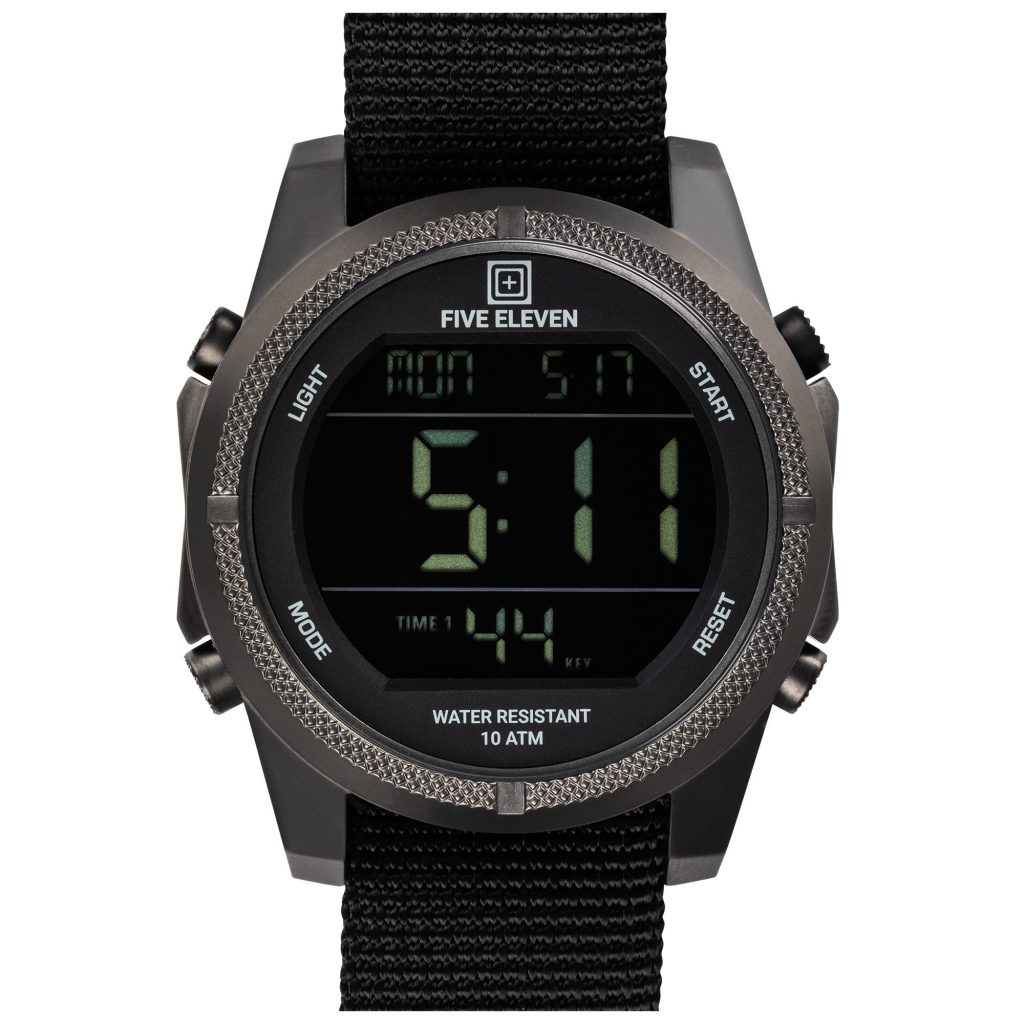 The Rise of Smartwatches
The Rise of Smartwatches
2010s: The Smartwatch Revolution
The 2010s marked a significant turning point in the evolution of digital watches with the advent of smartwatches.
- The Introduction of the Apple Watch: In 2015, Apple launched its first smartwatch, which combined the functionality of a traditional watch with smartphone capabilities. The Apple Watch allowed users to receive notifications, track fitness, and access apps directly from their wrists, setting the standard for subsequent devices.
- WearOS and Other Platforms: Following Apple’s lead, other tech giants like Google and Samsung developed their platforms for smartwatches. Google’s WearOS, for instance, enabled various manufacturers to produce smart wearable devices, expanding the market significantly.
- Fitness Tracking and Health Monitoring: With the integration of sensors and health tracking features, smartwatches began to redefine personal fitness. Features like heart rate monitoring, step counting, and sleep tracking captured consumer interest, positioning smartwatches as essential fitness companions.
Present Day: The Future of Digital Watches
Trends and Innovations
With the rapid technological advancements and shifts in consumer behavior, the future of digital watches looks promising and diverse.
- Integration of AI: Artificial intelligence is beginning to shape the smartwatch landscape by enabling personalized experiences. From tailored fitness recommendations to enhanced user interfaces, AI is set to revolutionize how users interact with their devices.
- Clearer Health Applications: As health consciousness grows, the incorporation of advanced health monitoring features, such as ECG recording and stress management tools, is expected to become more prominent.
- Fashion Meets Functionality: Smartwatches are increasingly designed not just as tech gadgets but as stylish accessories. Collaborations between tech companies and fashion brands are likely to become more commonplace, catering to the demand for aesthetics in wearables.
- Sustainability: The evolution of digital watches is also witnessing a push towards sustainability. With an emphasis on eco-friendly materials and sustainable manufacturing processes, brands are responding to consumer demand for environmentally responsible products.
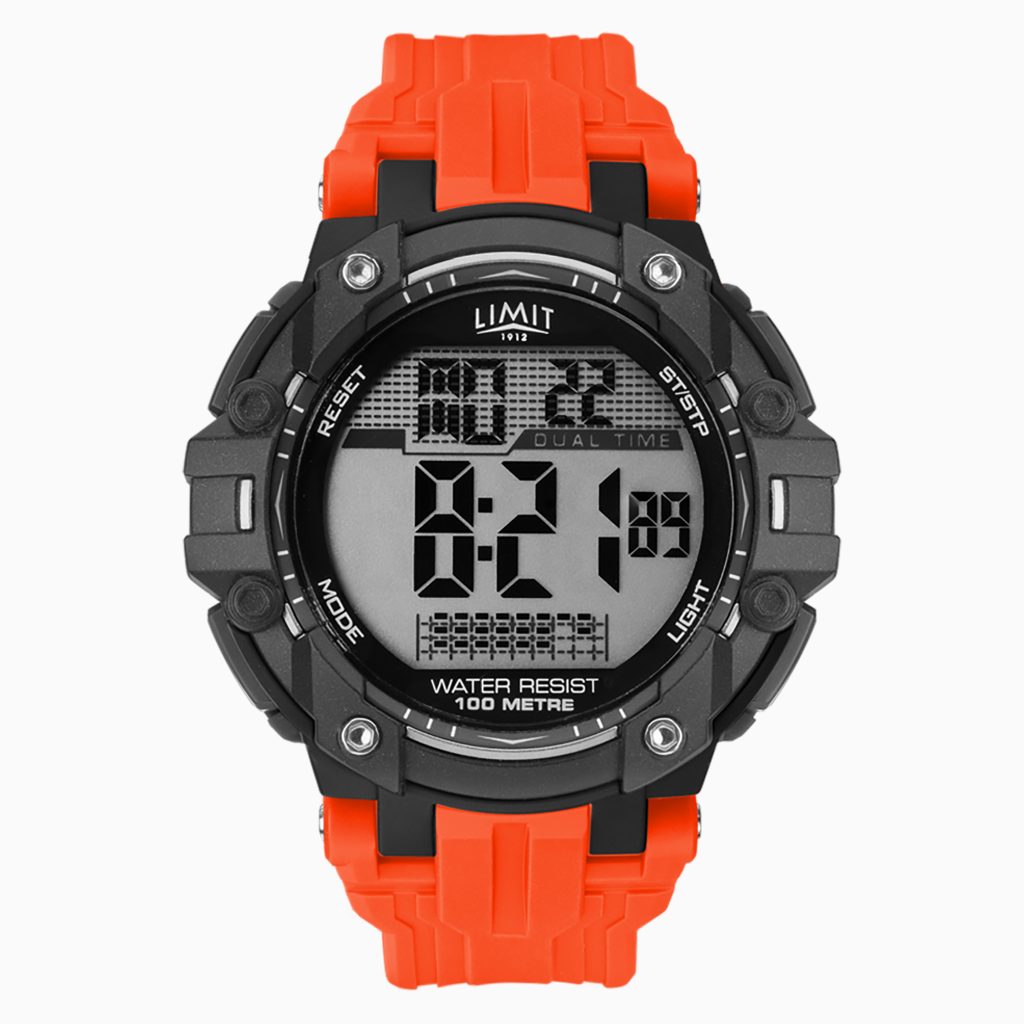
Conclusion
In the ever-evolving landscape of timepieces, digital watches stand out for their unique blend of technology, aesthetic appeal, and versatility. When evaluating a digital watch, it’s essential to consider the features that matter most to you, from display quality and durability to smart capabilities and customization options. As technology continues to advance, digital watches are only poised to become more sophisticated, offering even more reasons for enthusiasts and casual wearers alike to invest in one. With various options available, the right digital watch can meet both functional needs and personal style, making it an indispensable accessory in today’s digital age.
